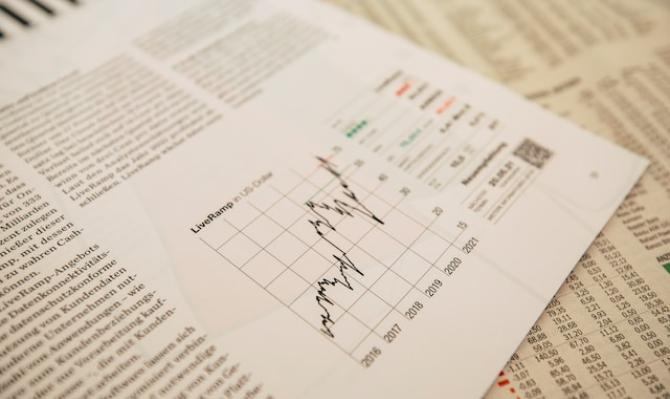The uncertainty surrounding the natural rate of interest
The equilibrium or natural rate of interest is a key benchmark for determining whether a central bank’s monetary policy is accommodative (official rates lower than the natural rate) or restrictive (higher than the natural rate). However, one disadvantage of the natural rate is that it is not directly observable in the data, meaning that it needs to be estimated using economic models. The problem lies in the fact that the results of such estimations depend on which variables are included in the model, and what relationships are assumed to exist between them. If important variables are left out, or if the assumed relationships are incorrect, the information provided by the natural rate may not be entirely accurate. In other words, making numerical estimates of the natural rate of interest is shrouded in uncertainty.
The article «The financial cycle and the era of low interest rates: a change of narrative?» is, in a way, a demonstration of this uncertainty, as it shows that our view of the natural rate of interest changes when we incorporate the financial cycle into our models. We continue to see a decline in rates, albeit a more contained and gradual one. In fact, even within a given model, the level of uncertainty is high. This is illustrated by the margin of error that exists in the benchmark estimate for the natural rate of interest in the US, made by Holston et al. (2017).1 As can be seen in the first chart, there is a clear downward trend, but we are unable to determine the level of the natural rate with great precision. In fact, this inaccuracy is a reflection of the uncertainty that surrounds the traditional relationships that are thought to exist between interest rates, economic activity and inflation – variables that are used to estimate the equilibrium rate –, since these relationships can be fragile and are not always supported by the data.
On the other hand, we can also play with our own estimates to demonstrate the instability of the results. In particular, the model used to calculate the natural rate of interest requires us to make initial assumptions about the different variables that we want to estimate. One of these variables is the inflation rate that should prevail in the long term. Typically, it is 2% (as indicated by the inflation targets of the Fed and, broadly speaking, the ECB) and we feed the model with this reasonable assumption. However, we could have used a lower long-term inflation rate, such as 1%. The results should not necessarily change (the model checks our assumption against the data and might conclude that long-term inflation is 2%), but in reality they do. Firstly, when applying a rate of 1%, we obtain a higher output gap than with the initial long-term inflation assumption of 2% (see second chart). The implications are by no means trivial: intuitively, evaluating an observed inflation of 1.5% in a world in which we aspire to reach 2% is not the same as doing so in a world with a 1% inflation target. In the former case, we will deduce that economic activity has margin to recover and apply more pressure on prices, whereas in the latter, 1.5% could be seen as exerting excessive pressure on prices and a symptom of an overheating of the economy.
Secondly, under the 2% assumption, in the article «The financial cycle and the era of low interest rates: a change of narrative?» we stated that monetary policy is more accommodative than it seems when we take the financial cycle into account (i.e. we obtain a higher natural rate). However, this conclusion is inverted under the assumption of a long-term inflation rate of 1%: the last chart shows how, at present, the difference between the estimated natural rate when taking the financial cycle into account and the conventional natural rate (ignoring the financial cycle) is positive under the 2% assumption and negative in the 1% scenario.
The tenuous nature of the results is corroborated by Beyer and Wieland (2019),2 who also show that estimates of the natural rate are unstable and vary in response to small methodological changes. Such changes could include adjustments to the data (changes in the time span of the sample, or the use of gross national product instead of GDP), different functional forms or, as we have just illustrated with inflation, different initial assumptions.
In short, the natural rate is a key concept for monetary policy, but estimating it is fraught with difficulty. What should we do? The debate is served, and a nice anecdote from the life of Kenneth Arrow, Nobel Laureate in Economics, provides a humorous illustration of the dilemma. During the Second World War, Arrow was tasked with reviewing the long-range weather forecasts produced for a month ahead. Upon discovering their unreliability, he conveyed his concern to the senior officers. The answer: «The commanding general is well aware that the forecasts are no good. However, he needs them for planning purposes».
Adrià Morron Salmeron
1. K. Holston, T. Laubach and J.C. Williams (2017). «Measuring the natural rate of interest: International trends and determinants». Journal of International Economics, 108, S59-S75.
2. R.C. Beyer and V. Wieland (2019). «Instability, imprecision and inconsistent use of equilibrium real interest rate estimates». Journal of International Money and Finance, 94, 1-14.







